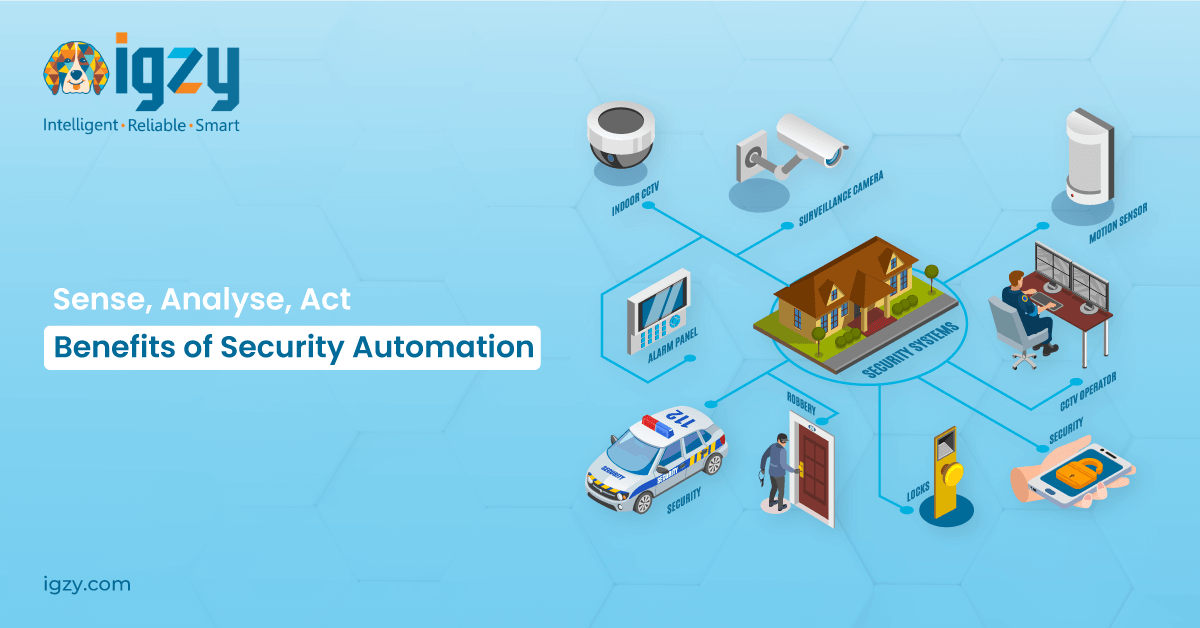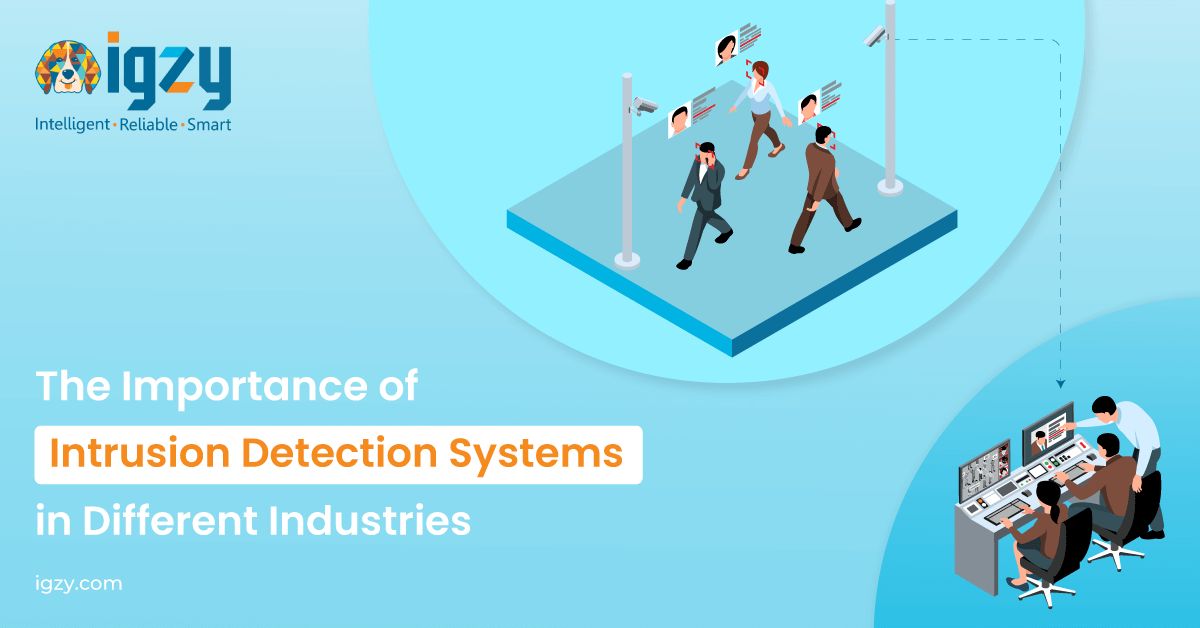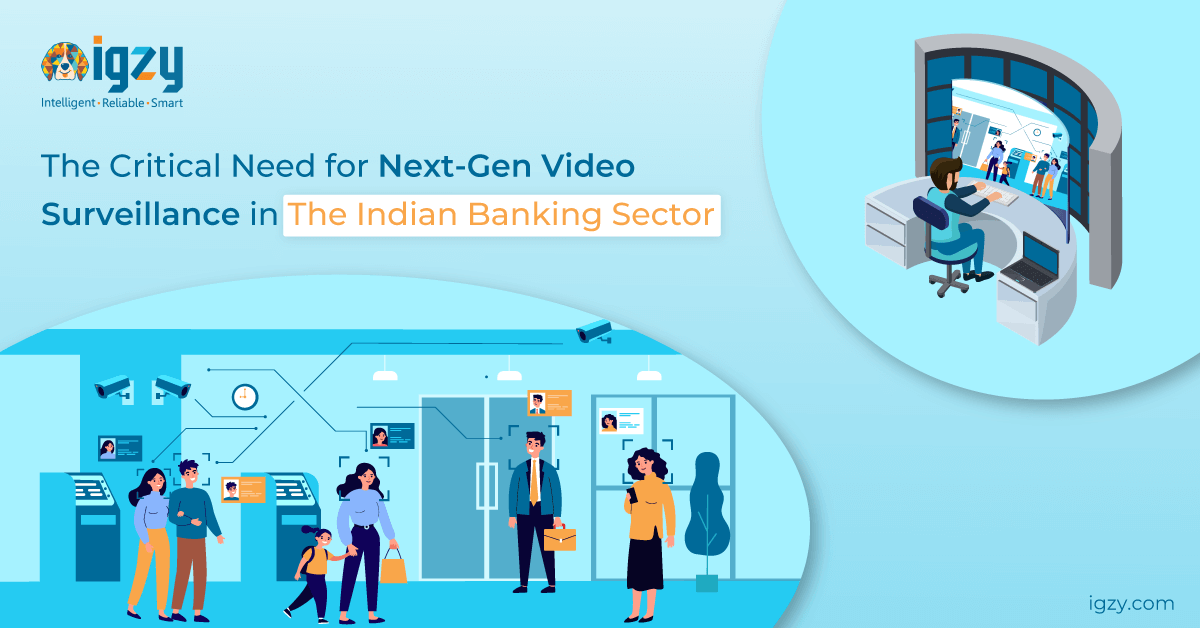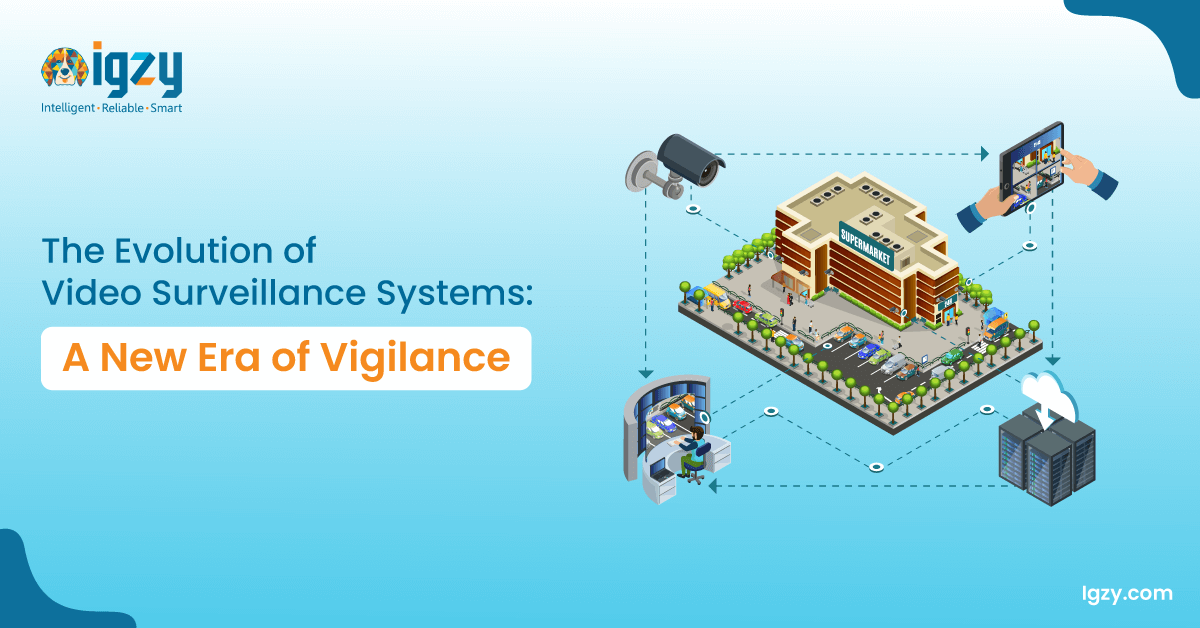Reinventing banking practices with AI and ML
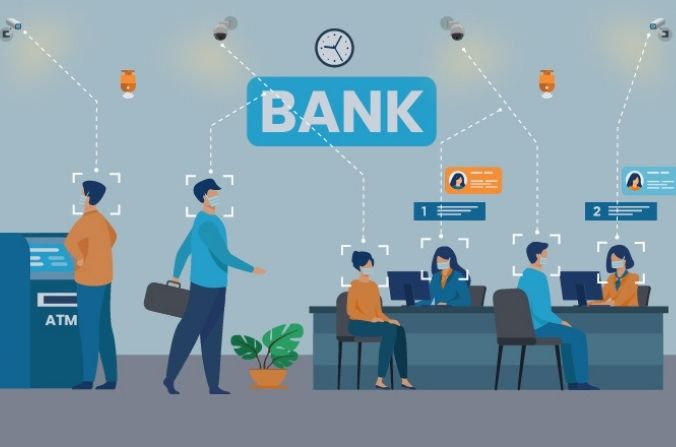
Table of Contents
The internet of things has witnessed consistent growth, in its potential to expand as well as in the industries it is being employed in. When talking about the BFSI industry, the digitization of the other industries has promoted the adoption of IoT in financial services. The banking industry faces the need for consistent growth to appeal to their customers and make their experience worth their time. Artificial intelligence-based banking system has been one such developmental change that has allowed the banking industry to venture into much more than just their traditional services.
According to a research by McKinsey, the potential economic impact of IoT is estimated to reach $4 trillion to $11 trillion by 2025. The industry has been rapidly adopting AI banking management systems for benefits ranging from recording customer insights to protecting their branches and ATM units from external and internal threats.
10 ways in which artificial intelligence and machine learning has impacted the BFSI industry
Data collection
The AI banking systems provide the financial institutes with a unified repository of all their customers’ data, allowing them to analyse and break down the trends in customer usage of all benefits provided by the said institute. At the same time, the AI banking platform allows institutes to collect data regarding the employees and their performance, analyzing the same. The system collects data recorded via IP cameras and smart sensors, from multiple geographical locations and provides consolidated reports.
Customized client service
As clients of a particular financial institution, we all love to receive personalized benefits like cash backs on our frequently searched or purchased items. For this to be a possibility, banks gather and process clients’ personal records to know their pain- points; utilize the AI and ML technology-enabled IoT systems to understand customer’s expense patterns and provide attractive offers. This increases the banks’ goodwill in the market, while at the same time strengthening the bond between the consumer and provider.
Efficient bank management
As a group of branches and ATM units spread across large geographical areas in unison form a financial institution, the uniformity in management across all the sites can be a pain for the surveillance team. With the decentralized and bite-sized traditional systems, it is impossible to conduct an audit for all the sites simultaneously. The IoT based surveillance system allows banks to monitor and manage all their sites simultaneously, from a unified cloud-based platform. Clients can also be redirected to a free counter or be notified about the waiting time.
Operational audits
The AI based banking system, equipped with a cloud-based platform provides actionable reports across multiple sites, monitoring ATM/branch cleanliness, service queues and traffic in branches; and at the same time enhancing customer’s banking experience. The system is closely monitoring employee activities and their compliance of SOP protocols like uniform and shift adherence, staff behaviour and performance. Real time notifications are sent directly onto the cloud platform in the case of incompetent performance or negligence of duty. Data collected on ATM usage allows the bank to examine whether the unit is being used to its greatest efficiency and if it is installed at a high traffic site.
Asset monitoring
Banks and other financial institutes, being storehouses of customers’ bounty as well as assets have always been susceptible to criminal activities like robbery or vandalism. To protect all assets from being tampered with, the smart cameras and sensors notify authorities about any suspicious activities taking place in and around the premises. The internet of things allows banks to keep an eye on their equipment and assess the branches’ assets, monitoring the customer and employees’ attitude towards the same.
Track customer’s journey
When it comes to financial institutions, it is impertinent for the institute to follow through with a customer’s financial journey to evaluate their creditworthiness. Banks examine a customer’s daily expenses, reminding them of their expense limit, blocking their card if necessary; and at the same time learning about the customer’s spending habits. This allows banks to collect consumer insights and provide a more consumer-centric experience to new and regular clients.
Fraud check
AI banking surveillance systems with advanced analytics aid establishments in conducting round the clock or scheduled surveillance, keeping any fraudulent activities at bay. The IP cameras and smart sensors capture alleged intruder or offender’s image and record transaction data, assisting in investigating the crime and at the same time deterring criminal activities and pushing for efficient performance at the employees’ end. The client’s transactional data is also collected and can be compared to their traditional behavior pattern. In case of any suspicious activity, the account can be disabled temporarily.
Continuous surveillance
While banking institutes are always at a risk of intrusion, the risk is especially intensified after work hours, in the absence of staff and customers. This multiplies the need for a 24*7 management system that allows the institute to keep an eye on who enters and exits the premise, who operates in which area, for how long, and whether the people moving around the premises are authorized to do so. Real-time notifications received on the IoT based platform makes it convenient for security personnel, saving them the effort of monitoring all the sites all the time.
Remote access
This feature of the AI-based bank monitoring system is beneficial to both financial institutes and their clients. Banks can monitor and control the activities of all customers and staff members at all their sites, allowing authorized personnel to view and retrieve live as well as archived footage in the presence of an internet connection and access to the platform. At the other end of the spectrum, the customers are able to avail all the banking services from the comfort and security of their homes. The customized offers sent to the clients for a more comfortable and discounted shopping experience also assist the banks in promoting their services and enlarging their customer pool.
Deterrence of crime
The real-time alerts, two-way audio system accompanied by 24*7 monitoring of the enterprise establishes a secure and customer-friendly environment, less prone to break-ins or internal theft. The preventive analytics of the system raise alerts even before a crime has taken place. The facial and object recognition facilities along with line crossing or system tampering/ inherent vibration sensors, send notifications to surveillance personnel during the occurrence of any unauthorized movement, which go through a session of alert validation before a two-way audio deterrence system is activated or the law enforcement is notified.
Conclusion
This era of digitization and at home benefits has greatly impacted industries globally. The emergence of AI banking in the finance sector has revolutionized the services provided and the way they are provided, making the entire experience customer-friendly, while at the same time, extensively hoisting up its security. The employment of AI and ML-based services has turned the BFSI industry dynamic, making it capable of evolving to follow through with the trends and satisfy the needs of their customers. Even at an early stage, AI banking has marginally impacted the way things are done, bidding unimaginable potential for the future.

